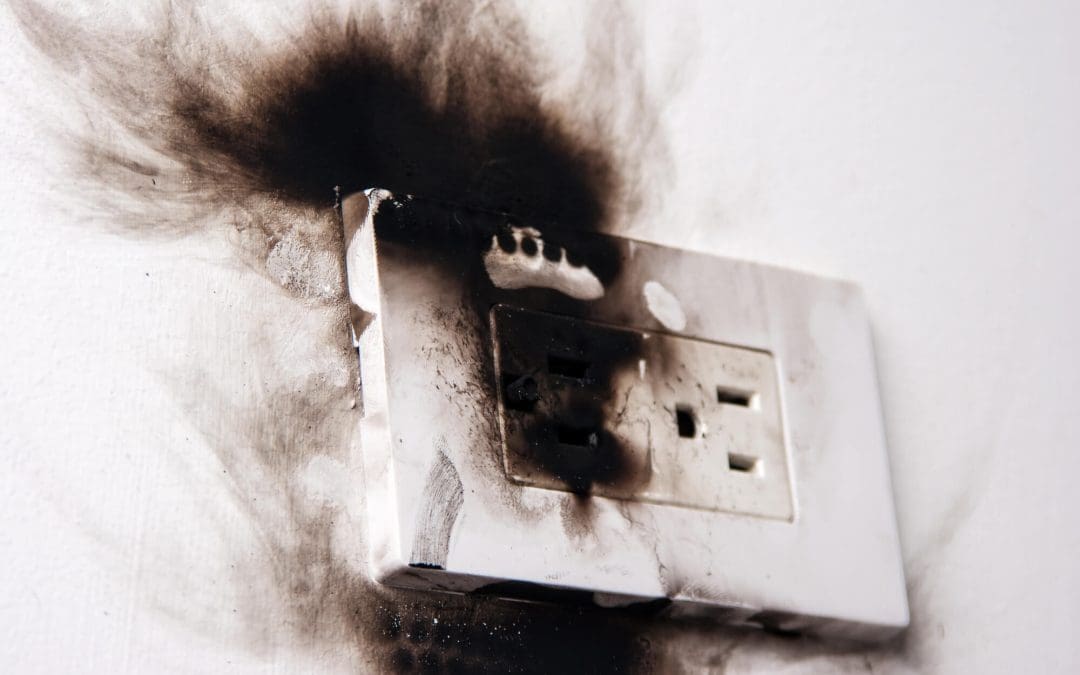Tackling home projects on your own can be rewarding—and it’s easy to see the appeal. You save money, learn new skills, and get the satisfaction of improving your space. But not every repair or upgrade is worth the risk. Some tasks come with serious safety concerns, hidden hazards, or the potential for costly damage if something goes wrong. Before you reach for your tools, it’s worth stepping back and asking whether the project is really something you should handle yourself. This post walks through some of the most dangerous DIY jobs homeowners attempt. Knowing what’s at stake can help you avoid injury, property damage, or expensive repairs later.
Electrical Work Is One of the Most Dangerous DIY Jobs
Wiring might look simple from the outside, but electrical systems are complex—and mistakes can be fatal. If you’re replacing a breaker, installing a ceiling fan, or updating an outlet, working with electricity always carries the risk of shock, fire, or code violations. You have to understand how circuits work, follow safety protocols, and know how to troubleshoot safely. This is one area where hiring a licensed electrician is always worth it.
Roofing Repairs Are Riskier Than They Seem
Climbing on your roof to patch a leak or replace shingles might sound easy enough, but it’s one of the most dangerous DIY jobs you can attempt. Even experienced roofers use harnesses, safety gear, and proper footwear to reduce the risk of falls. One misstep can result in serious injury or worse. On top of that, walking on a roof without knowing what you’re doing can cause additional damage. If your roof needs work, bring in a professional who knows how to stay safe while doing the job correctly.
Gas Line Projects Should Never Be DIY
Any work involving gas lines—installing a new stove, relocating a dryer, or upgrading a water heater—needs to be handled by someone certified to do it. Even a small leak can cause carbon monoxide poisoning, fire, or explosion. Gas work also requires permits, inspections, and a clear understanding of your local building codes. If you’re not licensed and trained to work with gas, don’t touch it. The risk is too high.
Structural Changes Are a Hidden Threat
Knocking out a wall to open up a space might look like an easy win, but it could be hiding a support beam or load-bearing structure. Remove the wrong thing, and you risk compromising the stability of your home. Structural work often requires engineering plans, permits, and a clear understanding of how forces are distributed throughout your home. This is one of those dangerous DIY jobs that doesn’t always look risky—until it’s too late.
Tree Removal Is an Incredibly Dangerous DIY Job
Cutting down a tree or trimming large branches seems like something you can manage with a chainsaw and a ladder. But tree removal is one of the most dangerous jobs in home maintenance. Falling branches, unexpected tree shifts, power line contact, and equipment mishandling are all common causes of injury. Professional arborists use rigging systems, cranes, and careful planning to bring trees down safely. If a tree is close to your house, fence, or utility line, don’t try to handle it yourself.
Plumbing Work Can Lead to Bigger Problems
Minor plumbing tasks like swapping out a faucet or replacing a toilet flapper are usually safe to DIY. But once you get into major fixture replacements, pipe rerouting, or anything involving your main water or sewer lines, the risk goes way up. Water damage can spread fast and create mold problems before you even realize there’s a leak. If you’re not confident in what you’re doing, one wrong move could cost you thousands in repairs.
FAQs on Dangerous DIY Jobs
Can I replace a light switch or outlet myself?
It depends on your comfort level and local laws. Some areas allow homeowners to do basic electrical work, but if you’re unsure, it’s safer to call an electrician. Mistakes with wiring can lead to fires or shocks.
Is painting my house considered dangerous?
Interior painting isn’t usually risky, but exterior painting that involves ladders, scaffolding, or high areas can be. Falls are one of the leading causes of DIY injuries.
What’s the worst that could happen if I try a dangerous DIY job?
Injury, long-term health issues, home damage, and even legal trouble if you violate building codes or skip required permits. Some insurance policies won’t cover damage caused by unlicensed work.
Why do people try these projects anyway?
Cost savings, pride, and the desire to learn are big motivators. But with certain jobs, the risks outweigh the rewards. It’s better to bring in a pro than risk your safety or home.
How do I know when to call a professional?
If the job involves electrical, plumbing, gas, structural elements, or working at heights, don’t take chances. Get quotes, ask for licenses, and hire someone qualified. It’ll save you stress and potentially a lot of money in the long run.
Inspection Services of Wisconsin offers home inspections in Northeast and South Central Wisconsin. Contact us to request our services.

